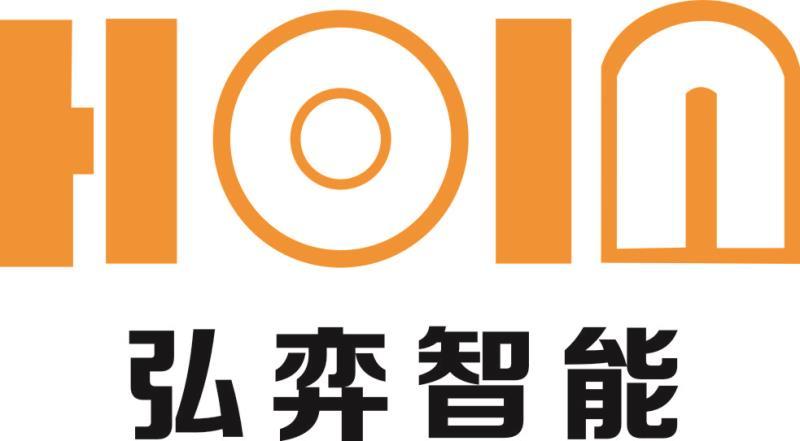13
2020
-
03
There are several braking methods for servo motors
Sometimes we are easily confused about the effects of electromagnetic braking, regenerative braking, and dynamic braking, and choose the wrong accessories. Please clarify these concepts below.
The dynamic brake is composed of a dynamic braking resistor, which shortens the mechanical feed distance of the servo motor through energy consumption braking in case of faults, emergency stops, or power outages
Regenerative braking refers to the energy generated by the servo motor during deceleration or parking, which is fed back to the DC bus through the inverter circuit and absorbed by the resistance capacitance circuit
Electromagnetic braking is a mechanical device that locks the shaft of the motor
The difference between the three
(1) Regenerative braking must only be effective when the server is working normally. In case of faults, emergency stops, power outages, etc., it is not possible to brake the motor. Dynamic braking and electromagnetic braking do not require power when working
(2) The work of regenerative braking is carried out automatically by the system, while the work of dynamic braking and electromagnetic braking requires external relay control
(3) Electromagnetic braking is generally activated after SV OFF, otherwise it may cause amplifier overload. Dynamic braking is generally activated after SV OFF or main circuit power outage, otherwise it may cause dynamic braking resistance to overheat
Precautions for selecting accessories
(1) Some systems, such as conveyor devices and lifting devices, require the servo motor to stop as soon as possible. However, in case of faults, emergency stops, or power outages, the server does not have regenerative braking to slow down the motor. At the same time, the mechanical inertia of the system is also large. In this case, the selection of dynamic brakes should be based on the weight of the load, the working speed of the motor, etc
(2) Some systems require the motor to provide a large output torque and stop for a long time to maintain the stationary position of the mechanical device. If the self-locking function of the servo is used, it often causes the motor to overheat or the amplifier to overload. In this case, it is necessary to choose a motor with electromagnetic braking
(3) Some servers have built-in regenerative braking units, but when regenerative braking is frequent, it may cause the DC bus voltage to be too high. In this case, a regenerative braking resistor needs to be installed separately. Do regenerative braking resistors need to be installed separately, The size of the regenerative braking resistor can refer to the usage instructions of the corresponding samples. It should be noted that the braking frequency on the general sample list is the data of the motor when it is unloaded. In actual selection, the inertia ratio should be calculated based on the system's load inertia and the motor inertia on the sample. Then, the braking frequency on the sample list is divided by (inertia ratio+1). This is the allowed braking frequency.
相關新聞
The start and stop of the servo controller are controlled through the "switch" of Fuji PLC. The start or stop of the servo controller is to start and stop the servo motor, and the control accuracy of the servo controller is higher than that of the frequency converter
2020-03-13
Servo motor: 6 key parameters for servo driver selection
A servo system is a feedback control system used to accurately follow or reproduce a process. A servo system is an automatic control system that allows the output controlled variables of an object's position, orientation, state, etc. to follow any changes in the input target (or given value). Its main task is to follow the requirements of control commands
2020-03-13



